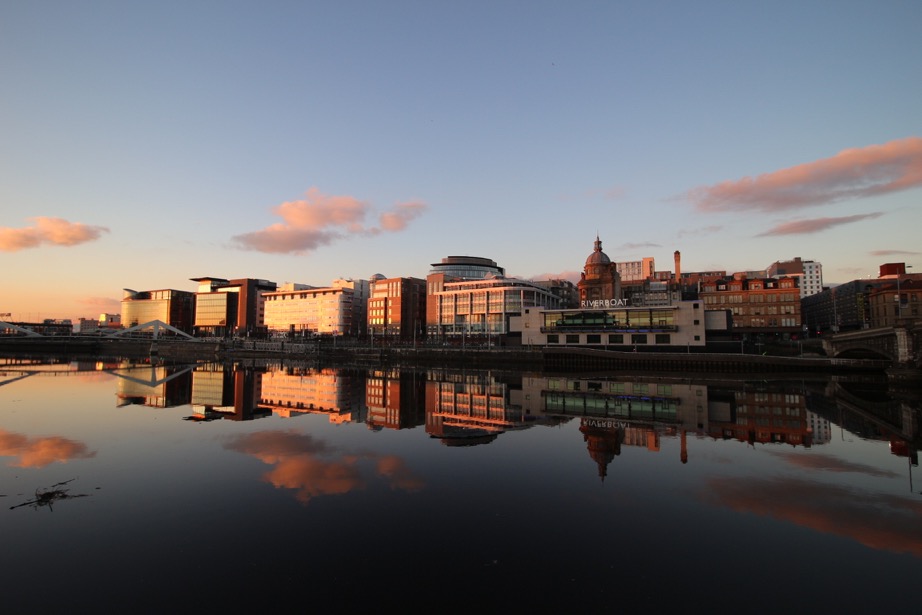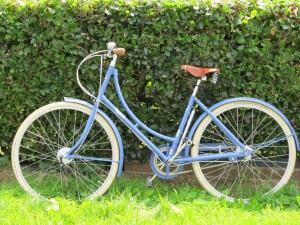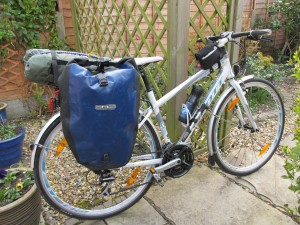
Having spent the last couple of decades or so pedalling the winding lanes and country roads of Middle England, relocation to urban Glasgow was always going to be a radical change. So, four months along the line, how does cycling in rural Staffordshire compare with negotiating the potholes and road diversions in the UK’s fourth largest city?
In many respects things, particularly hazards, obstacles and attitudes are remarkably, and depressingly, very similar. While the former Second City of the Empire now lags behind Leeds as the UK’s fourth largest city, it certainly must be in contention as the world’s Capital of Potholes. However, although dangerous holes in the road may be more numerous in Glasgow, they also lie in wait for the unsuspecting cyclist in the countryside – often for years as no one reports them, no one repairs them, or because they are located in places that don’t exist, according to satnavs – widened and deepened by the constant trundling of farm vehicles until the roads resemble open cast coal mines.
While the city’s ‘cycle only boxes’ are routinely exploited by many motorists, even on the showcase A728 on its way past Celtic Park, the Emirates Arena and Police Scotland HQ, priority boxes would immediately become objects of wonder, and derision, should they ever appear in a county town and cycle lanes, in the few places they do exist, are habitually regarded as extra parking spaces.

Indeed, the highlight of my final week living in Lichfield was a confrontation with a very large and aggressive Ukip supporter (it was during the final week of the election campaign) who laughed as I tried to pass round his car without getting wiped out by a steady stream of fast traffic, threatened me when I photographed his offending vehicle and warned me about cycling in the future as he ‘wouldn’t want something horrible to happen to me’. Apparently, he also failed to ingratiate himself with the police officer who cautioned him after I reported the incident.

Above all, although Jeremy Clarkson and pals are generally regarded as poster boys for that persecuted and threatened species, middle-aged, middle-class, Middle England man, their misplaced sense of entitlement about the right to park where they want, to drive how and at what speed they want, sadly seems as prevalent among some road users, irrespective of age, class and gender, in urban central Scotland as it does among the Chipping Norton set.
But, overall, my decision to swap the leafy lanes of the Trent Valley for the edgier banks of the Clyde has, overwhelmingly, been to positive effect, especially as far as cycling is concerned. Whereas trying to travel by bike in and around a car centric, rural village, involved the meticulous planning of a couple of 20-30 mile rides each week, timed to perfection around farming activity, the bus timetable and avoiding, at all costs, the school run, here I cycle every day; in and out of town, to and from the shops, along the tree-lined, cycle-friendly London Road to the excellent libraries in Bridgeton, into Lanarkshire, along to Balloch: and that’s only on NCN 75; so far I haven’t had enough time to venture further afield.

Selecting a new home that fronts on to a cycle path has, so far, resulted in a diverse range of benefits, including losing half a stone, finding resourceful ways of transporting everything from two full sized duvets, to a collection of house plants by bike, and seeing more wildlife – that’s foxes, herons, deer, not just the human residents – than I did in years in the countryside.
What I miss: days when I could go out for a ride without having to pack rain gear.
What I don’t miss: women (apologies to my fellow females), coffee in one hand, phone in the other, spearing their 4x4s through the school run, oblivious to the existence of all other road users. I’m sure they must exist in the city but, so far, I haven’t come across any in Dalmarnock










